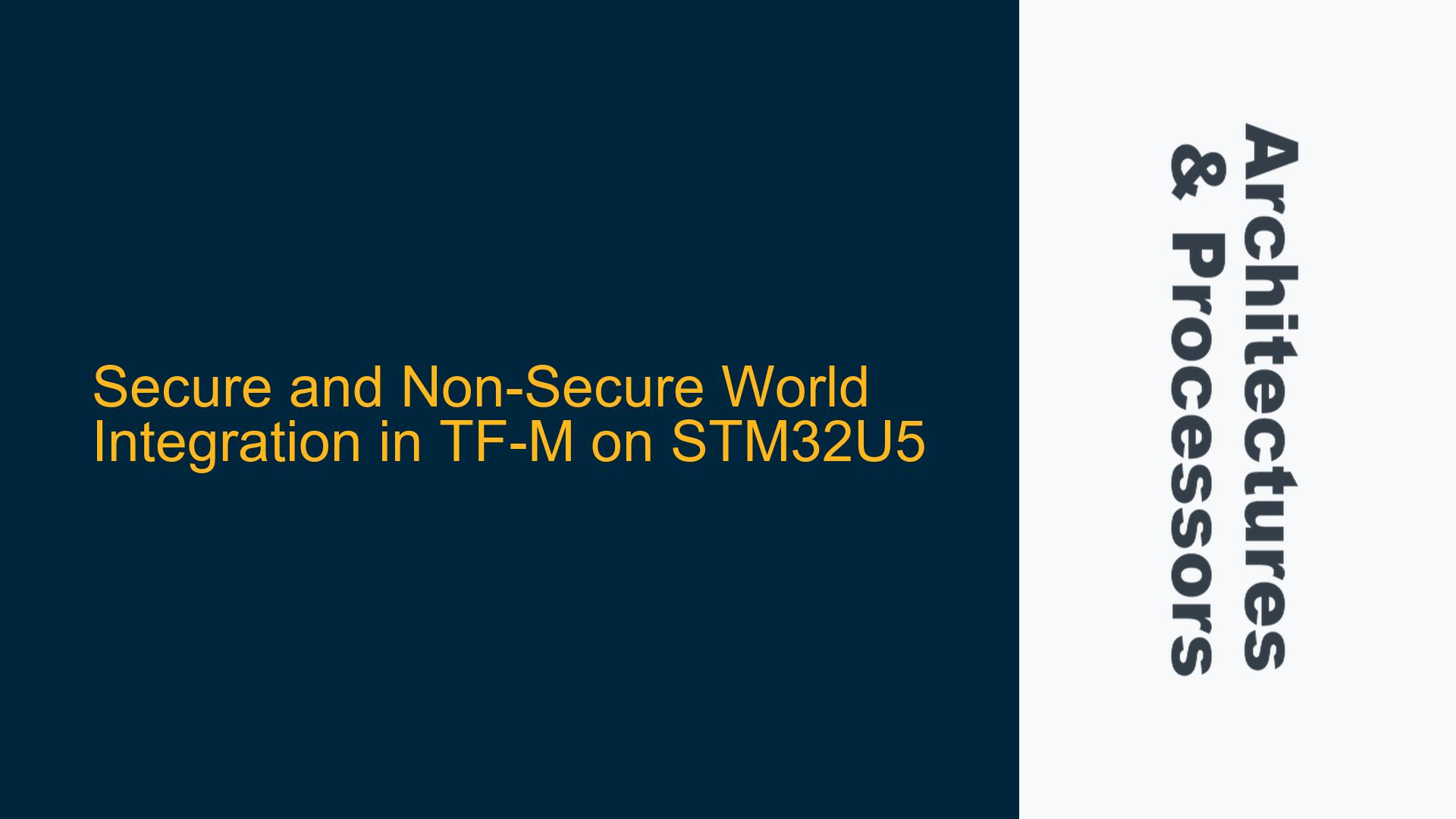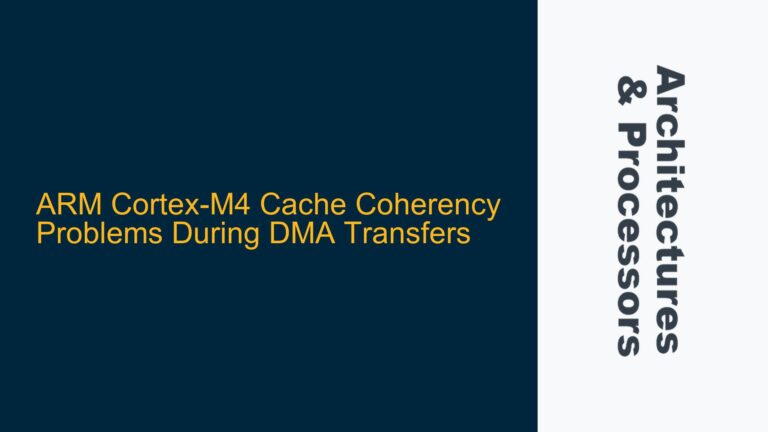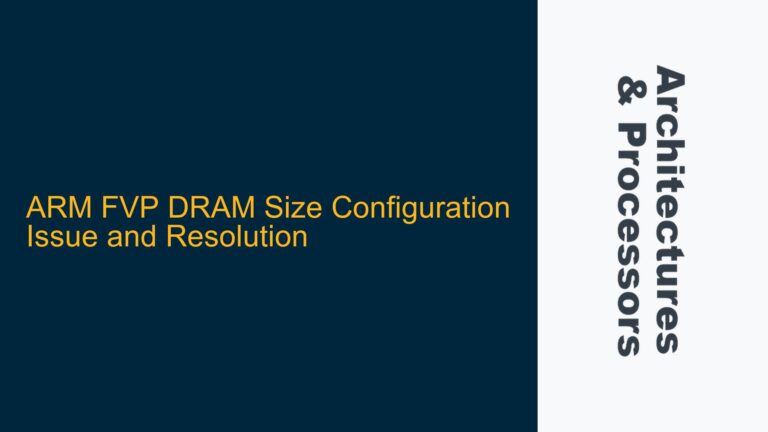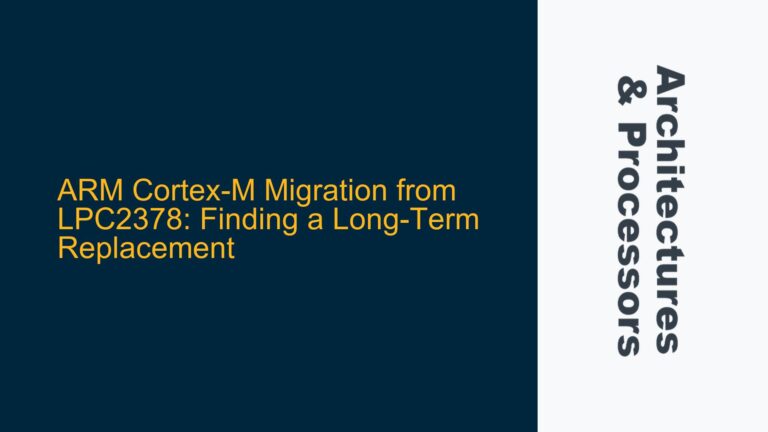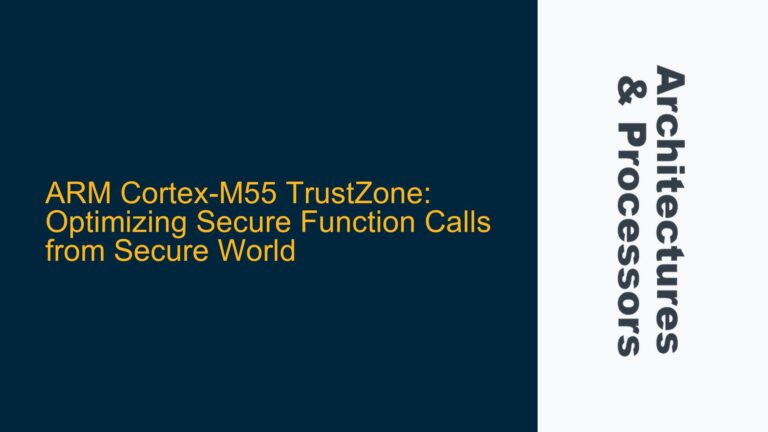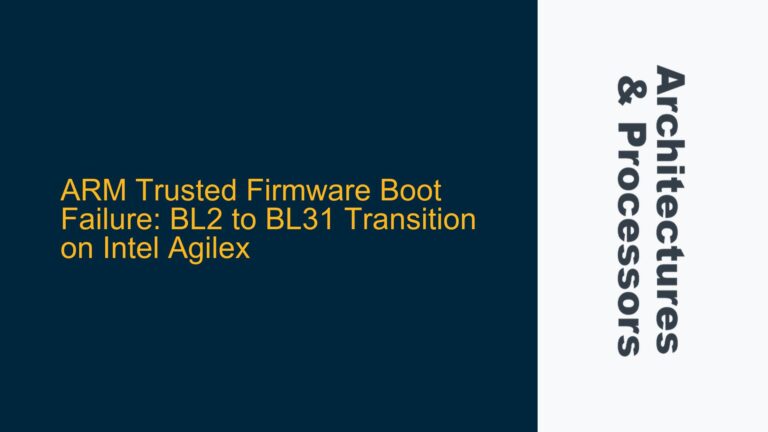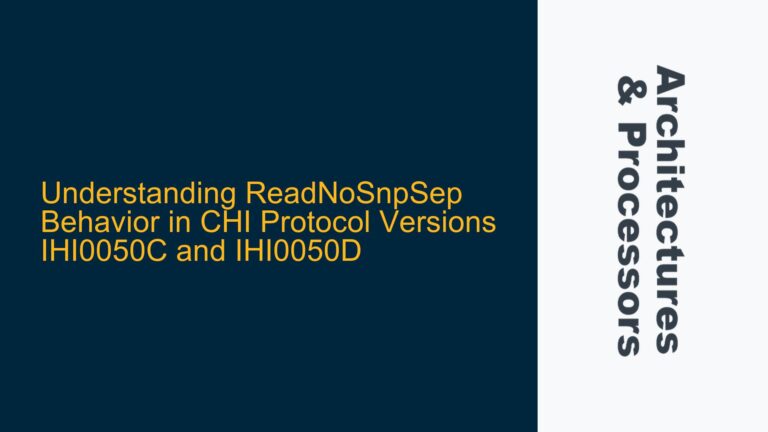Accessing Secure Modules from Non-Secure World in TF-M
The integration of secure and non-secure worlds in Trusted Firmware-M (TF-M) on the STM32U5 microcontroller involves leveraging Arm TrustZone technology, which is designed to provide hardware-enforced isolation between secure and non-secure states. The STM32U5 microcontroller, based on the Arm Cortex-M33 processor, implements TrustZone to partition resources such as memory, peripherals, and interrupts into secure and non-secure domains. This partitioning ensures that sensitive operations, such as cryptographic functions or secure boot, are isolated from the non-secure world, which may run less trusted application code.
To access a secure module from the non-secure world, the TF-M architecture provides a well-defined mechanism called the Partition Manager. The Partition Manager handles the communication between the non-secure and secure worlds through a set of APIs known as the Secure Partition Manager (SPM) APIs. These APIs are exposed to the non-secure world via veneers, which are small pieces of code that facilitate the transition between the non-secure and secure states. The transition is managed by the Armv8-M architecture’s Secure Gateway (SG) instruction, which ensures that only authorized entry points are used to access secure functions.
The process of accessing a secure module from the non-secure world involves several steps. First, the secure module must be defined in the TF-M build system as a secure service. This involves configuring the Partition Manager to include the secure module and defining the entry points for the secure functions. Next, the non-secure application must use the SPM APIs to call the secure functions. These APIs are typically implemented as function pointers that are initialized during the boot process. When the non-secure application calls a secure function, the TF-M runtime handles the transition to the secure state, executes the secure function, and returns the result to the non-secure world.
One critical aspect of this process is the configuration of the memory protection unit (MPU) in the Cortex-M33. The MPU must be configured to ensure that the non-secure world cannot access secure memory regions directly. Instead, all access to secure resources must go through the SPM APIs. This ensures that the security of the system is maintained and that the non-secure world cannot bypass the secure world’s protections.
Adding Peripherals and Crypto Modules to the Secure Zone
Adding peripherals such as an ADC or a custom cryptographic module to the secure zone in TF-M requires careful configuration of the hardware and software. The STM32U5 microcontroller provides a set of registers and configuration options that allow peripherals to be assigned to either the secure or non-secure world. This assignment is typically done during the initialization phase of the microcontroller, using the TrustZone Address Space Controller (TZASC) or similar hardware mechanisms.
For peripherals like the ADC, the first step is to configure the peripheral’s registers to assign it to the secure world. This involves setting the appropriate bits in the peripheral’s control registers to mark it as secure. Once the peripheral is assigned to the secure world, it can only be accessed by secure code. To allow the non-secure world to use the peripheral, a secure service must be implemented in TF-M that provides access to the peripheral’s functionality. This service acts as an intermediary between the non-secure world and the peripheral, ensuring that all access is controlled and secure.
For custom cryptographic modules, the process is similar but may involve additional steps to integrate the module with the TF-M build system. The cryptographic module must be implemented as a secure service, with its functions exposed to the non-secure world via the SPM APIs. The module’s code must be placed in secure memory, and its data must be protected from non-secure access. This can be achieved by configuring the MPU to restrict access to the module’s memory regions.
In addition to configuring the hardware and software, it is important to consider the security implications of adding peripherals and modules to the secure zone. Each new peripheral or module increases the attack surface of the system, so it is essential to ensure that all access to these resources is properly controlled and that the system’s overall security is not compromised.
Implementing Secure Services and Debugging TF-M on STM32U5
Implementing secure services in TF-M on the STM32U5 microcontroller involves several steps, including defining the service in the TF-M build system, implementing the service’s functions, and exposing the functions to the non-secure world via the SPM APIs. The TF-M build system uses a configuration file to define the secure services that are included in the firmware. This file specifies the entry points for the service’s functions and the memory regions that are used by the service.
Once the service is defined in the build system, the next step is to implement the service’s functions. These functions must be written in a way that ensures they can only be called from the secure world. This typically involves using the Armv8-M architecture’s Secure Gateway (SG) instruction to enforce the transition from the non-secure to the secure state. The service’s functions must also be designed to handle any potential security threats, such as buffer overflows or unauthorized access attempts.
After the service’s functions are implemented, they must be exposed to the non-secure world via the SPM APIs. These APIs are typically implemented as function pointers that are initialized during the boot process. When the non-secure application calls a secure function, the TF-M runtime handles the transition to the secure state, executes the secure function, and returns the result to the non-secure world.
Debugging TF-M on the STM32U5 microcontroller can be challenging due to the separation between the secure and non-secure worlds. Debugging tools must be configured to respect the TrustZone boundaries and ensure that secure code and data are not exposed to the non-secure world. This typically involves using a debugger that supports TrustZone, such as the Arm Development Studio or the STM32CubeIDE. These tools provide features that allow developers to debug secure code without compromising the security of the system.
In addition to using the
